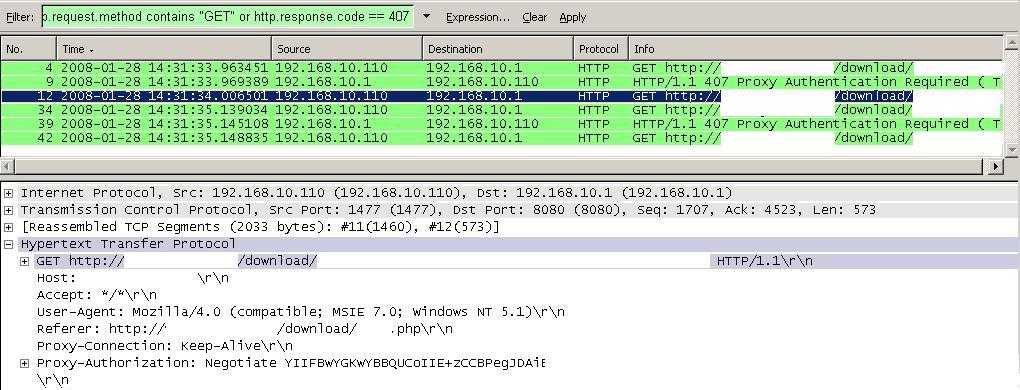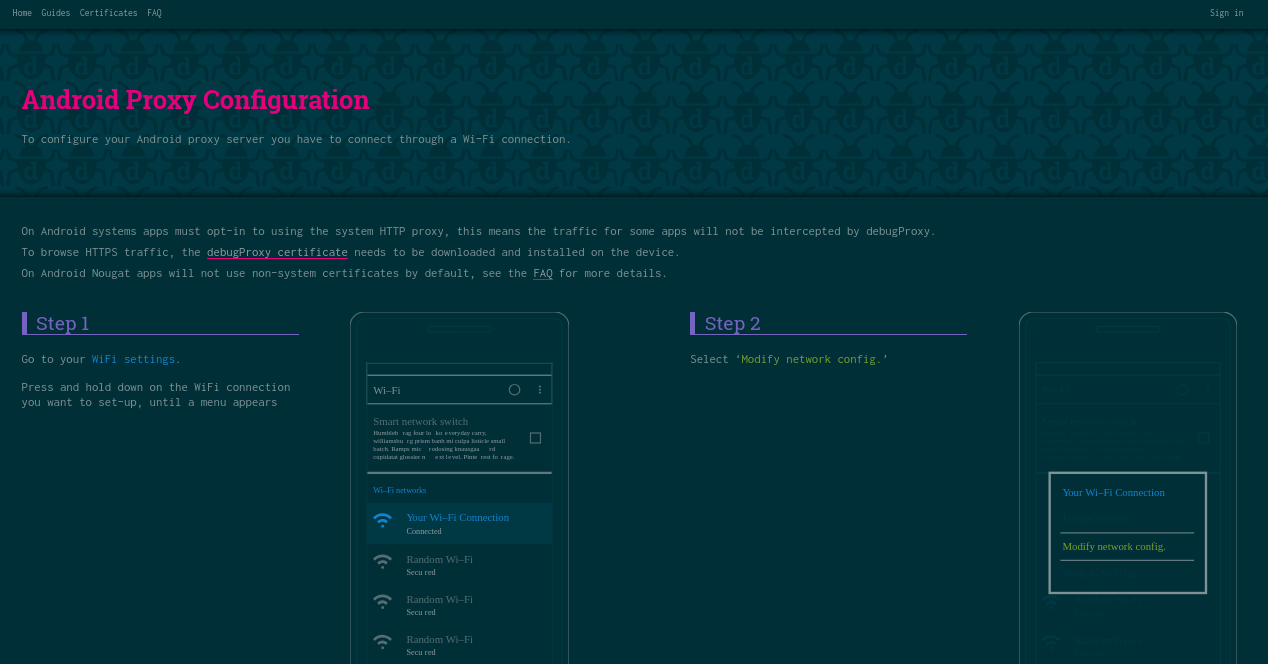

- #USE WIRESHARK TO CAPTURE HTTP THOURGH PROXY HOW TO#
- #USE WIRESHARK TO CAPTURE HTTP THOURGH PROXY MANUAL#
- #USE WIRESHARK TO CAPTURE HTTP THOURGH PROXY PASSWORD#
The URL could itself refer to a web page, an image or a file. The simplest and most common request/operation made using HTTP is to GET a URL. The path is what is to the right side of the slash that follows the host name and possibly port number. The path part is just sent off to the server to request that it sends back the associated response. They tend to use forms and cookies instead. You need to pay attention that this kind of HTTP authentication is not what is usually done and requested by user-oriented websites these days.
#USE WIRESHARK TO CAPTURE HTTP THOURGH PROXY PASSWORD#
You can opt to either insert the user and password in the URL or you can provide them separately: curl curl -u user:password Some services are setup to require HTTP authentication and then you need to provide name and password which is then transferred to the remote site in various ways depending on the exact authentication protocol used. Like when using an HTTP proxy on port 4321: curl -proxy

Sometimes you may use a proxy, and then you may need to specify that proxy's port number separately from what curl needs to connect to the server. The port number you specify in the URL is the number that the server uses to offer its services. Then you can specify the port number in the URL with a colon and a number immediately following the host name. Normally you do not have to take that into consideration, but at times you run test servers on other ports or similar. Alternatively you specify the IP address directly in the URL instead of a name.įor development and other trying out situations, you can point to a different IP address for a host name than what would otherwise be used, by using curl's -resolve option: curl -resolve Įach protocol curl supports operates on a default port number, be it over TCP or in some cases UDP. The host name is usually resolved using DNS or your /etc/hosts file to an IP address and that is what curl will communicate with. And yeah, the formal name is not URL, it is URI. You know these, you have seen URLs like or a million times. The Uniform Resource Locator format is how you specify the address of a particular resource on the Internet. You need to redirect it somewhere to avoid that, most often that is done with -o or -O. It will prepend the time to each trace output line: curl -trace-ascii d.txt -trace-time īy default curl sends the response to stdout.

For those, and other similar situations, the -trace-time option is what you need. Many times you may wonder what exactly is taking all the time, or you just want to know the amount of milliseconds between two points in a transfer. Use it like this: curl -trace-ascii debugdump.txt Then -trace and -trace-ascii offer even more details as they show everything curl sends and receives. verbose is the single most useful option when it comes to debug or even understand the curlserver interaction. Using curl's option -verbose ( -v as a short option) will display what kind of commands curl sends to the server, as well as a few other informational texts. The "body" part is the plain data you requested, like the actual HTML or the image etc. The HTTP server responds with a status line (indicating if things went well), response headers and most often also a response body. The request contains a method (like GET, POST, HEAD etc), a number of request headers and sometimes a request body. HTTP is plain ASCII text lines being sent by the client to a server to request a particular action, and then the server replies a few text lines before the actual requested content is sent to the client. The protocol also allows information to get sent to the server from the client using a few different methods, as will be shown here. It is a simple protocol that is built upon TCP/IP. HTTP is the protocol used to fetch data from web servers.
#USE WIRESHARK TO CAPTURE HTTP THOURGH PROXY MANUAL#
You probably need to glue everything together using some kind of script language or repeated manual invokes. It makes the requests, it gets the data, it sends data and it retrieves the information.
#USE WIRESHARK TO CAPTURE HTTP THOURGH PROXY HOW TO#
I will assume that you know how to invoke curl -help or curl -manual to get basic information about it.Ĭurl is not written to do everything for you. To be able to automatically extract information from the web, to fake users, to post or upload data to web servers are all important tasks today.Ĭurl is a command line tool for doing all sorts of URL manipulations and transfers, but this particular document will focus on how to use it when doing HTTP requests for fun and profit. The increasing amount of applications moving to the web has made "HTTP Scripting" more frequently requested and wanted.

This document assumes that you are familiar with HTML and general networking. FAQ The Art Of Scripting HTTP Requests Using Curl Background


 0 kommentar(er)
0 kommentar(er)
